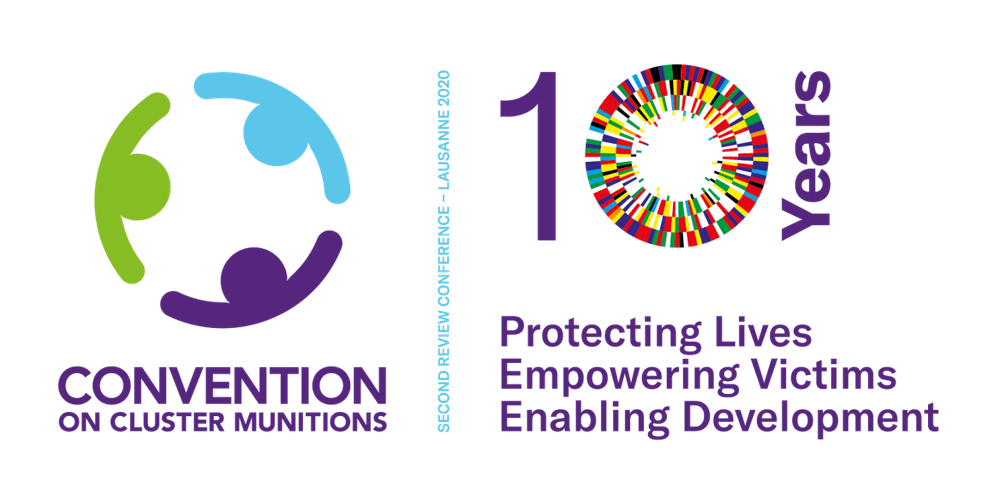Bane was 10 when he died last year, killed in a cruel instant by a cluster bomb dropped in a war that ended 40 years before he was born. His brother Analu died hours later. He had suffered agonising injuries in the same incident. He was seven.
I glimpsed into the depths of their parents’ grief during a meeting in their stilted village house in the Khammouane province of Laos, the mountainous jungle region close to the Vietnam border where the Ho Chi Minh Trail once criss-crossed the valley floors.
They sat on the dusty wooden decking of their veranda and described, in quiet and hesitant voices, the shuddering shock of the carnage that had been visited upon their family, the fight to save the injured Analu and the despair which now weighed upon them.
Unexploded cluster munitions are known locally as 'bombies' in Laos and they can look like toys to the boys and girls that find them
You can find a stark statistical record of the deaths of Bane and Analu in the annual Cluster Munition Monitor which is published today. The report is confirmation that innocent people – often children – continued to be maimed and killed by these weapons.
In 2019, a total of 286 new cluster munition casualties were recorded. This represents a significant increase (92%) compared to the annual total of 149 in 2018 but relates in large part to the human impact of cluster munition attacks in Syria during the year.
Tellingly, civilians accounted for 99% of all casualties whose status was recorded in 2019, as was the case in 2018 and 2017, and is consistent with the long-standing evidence pointing towards the indiscriminate nature of the weapon.
Casualties due to cluster munition remnants (such as those that killed Ali, Bane and Analu) were recorded in 10 countries and other areas: Laos, Lebanon, Afghanistan, Iraq, Serbia, South Sudan, Syria and Yemen, as well as Nagorno-Karabakh and Western Sahara.
The Monitor report is timed to coincide with a meeting this week of the world’s governments which marks 10th anniversary of the Convention on Cluster Munitions, at which governments will track progress and negotiate an action plan for the next five years.
The convention is one of the most progressive elements of International Humanitarian Law ever enacted. It prohibits all use, production, transfer and stockpiling of cluster munitions, and it establishes a framework to ensure assistance to survivors, clearance of contaminated areas, risk reduction education, and destruction of stockpiles.

The fact of the convention’s very existence is testament to the far-sighted and passionate persistence of a range of humanitarian campaigners. And the fact that 123 countries are now either signatories or states-parties to the convention is testament to widespread acceptance that cluster munitions cause unacceptable harm to civilians, both at the time of conflict and for years afterwards.
The simple truth is that such weapons are uniquely evil. They are indiscriminate in their wide-area impacts, frequently injuring and killing civilians as well as combatants. And they are unreliable, frequently failing to explode. So they linger, a toxic legacy, paralysing communities and affecting people who frequently live in the poorest parts of the world.
This year’s convention will take place in two sittings because of Covid-19: one this week and a second as soon as February 2021. At that point the United Kingdom will assume the presidency of the convention and lead on progress in what will be the convention’s 11th year.
UK Aid-funded MAG teams are working to clear communities of landmines and unexploded bombs across the world
It is a unique opportunity for the UK Government (already a major donor towards efforts to clear up contamination and a major funder of risk education) to deploy its diplomatic heft towards rallying more parties to the convention – and an opportunity also to clearly signal that countries which still manufacture, deploy or stockpile such weapons should be regarded as international pariahs.
The mounting evidence of the use of cluster munitions in Nagorno-Karabakh earlier this year is a reminder, were one needed, that cluster munitions are not simply a historic problem.
The parents of Bane and Analu continue to live in grief but also in fear. They have two other children and every day worry that they too will become victims of a war that ended 50 years ago. There is hope for families like theirs, however, and it resides in the political will of governments to universalise the cluster bomb ban and to make it utterly unacceptable for any state to deploy such weapons.
There is hope also in the work of organisations such as MAG and in the commitment of many governments to fund such work. In 2019, our teams found and destroyed 25,000 explosive devices in Laos alone, the majority of them cluster sub-munitions. In Lebanon, in South Sudan, in Cambodia, in Iraq and in Vietnam, we are doing the same: partnering with communities to rid them of a fearful legacy which hinders development and causes unnecessary poverty.
The names in this article have been changed to protect privacy.





